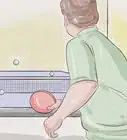X
wikiHow is a “wiki,” similar to Wikipedia, which means that many of our articles are co-written by multiple authors. To create this article, 12 people, some anonymous, worked to edit and improve it over time.
This article has been viewed 12,968 times.
Learn more...
Do you need advice on what needs to be considered when designing a centre? This is a great source of information for anyone who is trying to establish a centre for competition, coaching and social use. This wikiHow is aimed at designing a modern table tennis centre. If you'd like to know how to do this, read on to find out!
Steps
Part 1
Part 1 of 2:
Larger Necessities
-
1Have the right designing for lighting levels and ceiling height. For the venue to be suitable for state tournaments and national competition, the minimum light intensity over the whole of the playing surface (measured at the table surface height) and the clear height from the floor to the light should be as follows:
- The playing space of each court shall be not less than 10 metres long, 5 metres wide and 5 metres high. The 5m height is to the bottom of the lighting fixtures, not ceiling height. Lighting levels should be consistent and uniform throughout the entire playing venue.
- The light intensity, measured at the height of the playing surface, shall be at least 600 lux uniformly over the playing surface, and at least 400 lux elsewhere in the playing area of the court. For international competition, lighting levels are much higher and need to satisfy the requirements for live streaming. It is recommended that LED Lighting be used to significantly reduce running costs.
- Lighting control must allow the lights above a table to be controlled individually as this will allow running costs to be reduced by only having lighting at tables in use.
-
2Have the correct type of flooring. A good floor and/or floor covering is particularly important. The flooring's most important criteria is that it's non-slip, because players have to be able to move rapidly and re-position their feet without slipping. Floor cleaning is very important to minimise dust that causes slipping. Players need to wear suitable foot ware to avoid tripping or damaging the floor surface.
- Make sure the floor is also smooth and level and is able to support the weight of the table tennis. Wooden semi-sprung floors provide the best surface, whereas solid concrete and carpeted floors are unsuitable for competition.
- Be sure the flooring provides a good visual contrast between the ball, table top surface, and the surrounding areas, both for the benefit of the players and the spectators. Pick a flooring that is should be dark and non reflective.
- All the modern table tennis venues now use specialist sports flooring on top of the wooden floor. This floor covering is textured PVC with a foam backing. It absorbs impact which results in less stress on muscles and joints. The textured surface gives better grip and reduces the chance of falls and accidents. International specification requires a dark colour. Sections of flooring are welded together to ensure that there are no tripping hazards. To find out more about this type of surface, search for “best flooring for table tennis” in your search engine. The ITTF has information on suitable flooring here: [1]
Advertisement
Other flooring issues are:
-
1
- If the venue has additional areas for other sports, then the floor surfaces on all areas should be at the same height.
- There should be large lockable double doors between these areas to enable the movement of equipment on trolleys when these areas may be needed for Tournaments.
-
2Have good wall colours. The colour of the walls is important because players need a good visual contrast between the ball, floor, table, and walls. Choose a wall colour that is non-reflective and painted with a dark colour up to a height of at least 2.5m. Above 2.5m, the walls should be painted a lighter colour so that you get maximum benefit.
- If there are any windows or other external light sources, there needs to some method to enable them to be completely blanked out so that light, particularly sun light, does not leak through.
- Hard areas or potential obstacles around courts where a collision could occur need to be padded to reduced the chance of player injury.
- Any exterior door being used whilst courts are in use must be light shielded or light trapped so it does not interfere with play.
-
3Make sure you have good heating and air conditioning. The temperature and humidity of the building is an important priority. The ideal room temperature is 18-20○C with a relative humidity of about 40%. It's also important that there's adequate ventilation because any condensation will make the floor slippery and dangerous. Condensation is also likely to damage the table surface and cannot be present on the table during play. Spectators' comfort should also be considered, but obviously the playing conditions take priority.
- If there are any air conditioning units, ensure that they don't cause any air currents which will deflect the flight of the ball. Floor venting is a method suitable to avoid this problem. Whirly Gigs should be fitted with electrically controlled baffles to help minimise sunlight problems and to control air flow at different times of the year.
- Passive systems like insulation are encouraged to minimise ongoing costs and airflow problems. Insulation also assists with the efficiency of any active temperature control systems.
- Install temperature and humidity sensors for monitoring purposes in the playing and social areas. Monitoring should match Sports Medicine Australia and the Table Tennis National Heat Policy guidelines.
-
4Have toilets and changing rooms. This is another very important item that needs to cater not only for players but also the public. Toilet and changing rooms should be determined by the maximum participant attendance that the venue will cater for during tournaments. While pennant competition will have consistent numbers every week, tournament numbers will be much larger, so toilet facilities will need to cater for these numbers as the hire of portable toilets may not be feasible or even desirable.
- Changing rooms should have showers and a change area with seats and hooks for clothes available. These should be available for both men and women. A disability toilet with shower and changing facility should available. There should also be a change room, with a change table and seating available for parents of young children.
-
5Have a meeting room. At different times, meetings will need to take place. A meeting room or an area that could be used for meetings is needed. Consideration needs to be made to manage noise if the playing areas are also in use during meetings. Smaller tables that can be arranged to make a larger table are a good practical solution.
- This area, if it is an open space, could also be used for social events, presentation ceremonies, and as a gathering place for players to socialise. This area could be associated with a canteen that would function during larger events. A chair for each table space should be available. Extra chairs and tables needed for tournaments should be available in storage.
- Make sure this area has lots of wall space to enable information and promotional posters to be placed in plain sight and allow Honour Boards to be mounted.
-
6Have a canteen area. A canteen area needs to be provided. On most occasions the canteen will only need to have a fridge, hot water, tea, coffee, milk, sugar, or sweetener available. Canteens should have equipment such pie warmers, ovens, hot water urns, and fridges available, as well as a washing up sink and potentially a dishwasher. Make sure it has plenty of storage space for storage of equipment and other items such as tea towels, cutlery and crockery etc.
- Though the canteen will probably not be in full use all the time, it is an important source of income for the venue and should be included. Have plenty of bench space to allow preparation of food. Be sure it can be secured and can also cater for several different user groups to store their items and use the facility.
-
7Make the centre accessible. The building should be designed to be readily accessible to wheelchairs and the visually impaired. Appropriate access is required onto the playing courts not just the social areas.
- Swipe Card access to the building should be considered. A card could be issued to financial members who could use the card to access the building at a time that suits them. This method could be used to cater for players who work during evenings, at night or shift work. The card system could also be used to record the lengths of lighting use and allow or prevent access to certain areas of the building.
-
8Remember your administration office. There needs to be an administration office between the entrance and the playing area. It should be in a position where the playing area is clearly visible. The Administration office is the centre where playing fees for players will be collected. It is also the area where scores and other information can be submitted or collected and contains the PA system. It is the area needed for the display of draws and other information and can be shown by computer display.
- Add a clear window display so that the public can see into the office. It should be sufficiently large that all administration work can be completed during tournaments. The administration office could also incorporate a lockable storage area as mentioned as storage area 1 under the heading of storage.
- The office may also be used for the display of trophies. The table tennis equipment sales could also be incorporated in the Administration Office.
-
9Have the correct parking area. Parking needs will be determined by the amount of parking areas and should be determined by anticipated tournament numbers. Parking needs to be able to cater for larger than usual daily usage, as on tournament days this may cause problems in surrounding streets with both access and safety concerns.
- During weekdays the parking areas of some municipality’s may need to be time limited to prevent workers, shoppers, etc. using public transport from occupying parking spaces. Devise other methods if necessary to suit the situation.
- Have a dedicated parking bay for emergency vehicles such as ambulances. This area should be immediately adjacent to an area where an ambulance trolley can move directly from the inside of the building directly to the ambulance without the problem of stairs or gutters.
- There should also be disabled access parking areas for wheelchair access where people can leave their vehicle and use their wheelchair to enter the playing area without having to overcome steps or gutters.
Advertisement
Part 2
Part 2 of 2:
Smaller/Internal Additions
-
1Consider table layout. This a recommendation only. Playing areas for tournament play are mandated by State Associations. This is a guide to help work out the playing area required prior to the design of a table tennis centre. A 10m x 5m is a good standard court size to use at club level, not including player seating.
- The number of tables required is based on the numbers required for daily/weekly use (taking into account forecast expansion targets) and also what capacity is available to expand to run tournaments. The type and size of tournaments that can be run is directly related to the number of tables that are able to be operational at any one time. Operational means with suitable equipment, court sizes and lighting.
- Although a smaller playing area could be used, for wheel chair players it would not be ideal for players who are more advanced than beginners and social players. As the standard of the competition increases ,the court playing area needed will also increase. At international level, an area of not less than 14m long, 7m wide is required.
-
2Have good barriers for the courts. Barriers between table tennis tables will be very useful to stop the ball from straying into adjoining courts and minimise interruptions from other tables. Barriers should not be permanent fixed types because they don’t allow the flexibility to adjust court sizes to meet the different needs of social competition or tournament play. Portable barriers also significantly improve the efficiency of floor cleaning and maintenance. Table tennis barriers must be collapsible rather than solid, so that they won't harm any player who runs into them.
- Ideally they should be about 1.5m long and 75cm high and should completely enclose the playing area and be dark in colour. Colour and size of any logos on the barriers are regulated.
-
3Adjust the seating. Seating is an important consideration for both players and spectators. Allowance should be made for sufficient space for the seating (and bags) of players at the court.
- During tournaments seating should be available for at least a coach and a player from each team, seating for pennant players should also be considered. This seating is in addition to the requirements of spectators but it is important to leave enough practical access and emergency access space for people movement in any seating layout.
-
4Have storage areas. A number of different types of storage areas will be needed. These include:
-
Smaller storage - There will need to be a smaller storage area that can be accessed quickly and easily. This area will be used to store items that are accessed frequently. These might be things like bats for use by social players or school bookings, a first aid kit, forms for membership application, table cleaning apparatus, etc. They may also contain pens, pencils, paper, scorebooks, trophies awaiting presentation or pickup, scoreboards, spare nets, posts, balls, etc.
- There will be other expensive items such as laptop computers, computer displays etc. that will be needed for tournament competition, table tennis robot and accessories for practice sessions and coaches equipment, office equipment that is used with reasonable regularity which might include printers, scanners, laminators, electric stapler, shredder, and more.
- This storage area should be attached to the Administrative Office as that is where most of this equipment will be used or distributed from.
-
Larger storage - Another area of storage would include an area large enough (typically 12m x 5m) to store all the extra tables, barriers, scoreboards, umpires chairs, chairs, etc. that would be needed for tournaments. There may also be other larger pieces of cleaning equipment (floor scrubber) that may need to be kept there.
- This storage area should be at floor level to allow easy movement of equipment. All equipment should be able to be stored on movable trolleys to make the task of transporting equipment as easy as possible. There should be access points at either end of the storage area. This will allow delivery of any equipment easily and with minimum effort. Outside access will entail an area where a truck could back up to a storage area and drop off or pick up items.
- A roller door rather than double doors would be more secure and allow the truck to backup to the door. A roller door means that an area that could be used for storage is not taken up because of the need to have a clear space to allow for doors when open. At the other end of the storage area a large opening should be available whose floor level is at the same height as the playing area floor to allow easy transportation of equipment. Again, a roller door would be better due to the reasons already stated. This storage area should have lighting and power points.
-
Smaller storage - There will need to be a smaller storage area that can be accessed quickly and easily. This area will be used to store items that are accessed frequently. These might be things like bats for use by social players or school bookings, a first aid kit, forms for membership application, table cleaning apparatus, etc. They may also contain pens, pencils, paper, scorebooks, trophies awaiting presentation or pickup, scoreboards, spare nets, posts, balls, etc.
-
5Include a cleaner's cupboard. This is a very important and necessary item, often overlooked in building design. A cleaner’s cupboard will be needed to allow storage of cleaning equipment (brooms, mops, buckets, vacuum cleaner, etc. and chemicals).
- Be sure it has a cleaners sink with hot and cold taps. The sink should be mounted at a height that will allow a mop bucket to be placed under the taps and filled. The sink should be large enough to allow the emptying of mop buckets after cleaning.
-
6Have equipment sales. Add an area where a limited range of table tennis equipment is available for purchase. This will enable players to make purchases to replace broken or lost equipment or new players to purchase a bat or ball at a reasonable cost. Again another source of income.
-
7Have other equipment. Other equipment that is both necessary and profitable needs to be included in plans. These can be put in place within the venue, they cost nothing to have there and the providers will pay the venue to situate them there. Again, this serves as another source of income. Equipment needed are as follows:
- Have at least one chilled water dispenser that will work as a drinking fountain and as a source where drink bottles can be filled. There should be room to place both an automated drink dispenser and snack food dispenser.
- Obtain a table tennis robot. This may be hired out for use and again provide another source of income.
- Provide umpires chairs - one for each table are needed. Make sure these chairs are higher than the tables to allow umpires a clear view of the playing area. Umpires chairs should have a swivel platform to allow scoring equipment and boards to be effectively used throughout matches.
- Add a PA system with a wireless microphone to allow information and announcements from anywhere in the building to be given. This is essential to communicate safety issues and is needed to run tournaments. Speakers need to be strategically located around the stadium so that players when playing can clearly hear the announcements above the background noise.
- Install phone and internet connections. This is now a requirement for many printers and tournament software.
-
8Have good wiring. Wiring of the building should provide sufficient power outlets in many areas to meet the needs of computers, catering, and cleaning equipment or use of table tennis robots. Some larger 15 amp sockets may need to be provided for high powered equipment.
-
9Use solar panels if needed. The building should incorporate the use of solar panels to reduce energy costs if at all possible during construction.
-
10Make the safety rules clear. This information should be in an area accessible to everyone where information covering all Essential Safety Measures and Building Maintenance Logs are kept. It should be placed in a labelled storage container and mounted on the wall in clear view of players and spectators. Emergency Evacuation Procedures should also be displayed in plain sight.
- An emergency evacuation exit is required, preferably several. A defibrillator should be an essential instillation. They can either be purchased or you may be able to obtain one through a grant. A fully stocked first aid kit should be readily accessible with cold packs available for sprains.
-
11Set aside an area for rubbish and recycle bins. This area must be located for easy access for both the facility users and bin collectors. Sufficient space needs to be provided for bins inside the stadium. Bins should be able to be moved from inside the venue to the outside storage area without the need to use steps or other impediments. Bins should be located in a secure area to prevent bin theft or vandalism.
-
12Have good security. Have prominent security cameras at the entrance to the venue to deter and to record any activity by intruders. Either outside lights should be on a time delay circuit to allow people to safely reach their cars late at night or lighting covering the exit to the parking area automatically switched on at night. This is particularly important for females exiting the building late at night.
Advertisement
Community Q&A
-
QuestionWhy would anyone want to know how to do this?
 NevilleCommunity AnswerLocal councils request information on what sporting clubs require when establishing a venue. I was asked what was needed in the construction of a venue for my Table Tennis Association. I went to both our State and National bodies. They had nothing. I ask the ITTF (the world body for Table Tennis) and they didn't have anything either. I searched on-line and there was very little information. I visited a number of venues and eventually put together a document to submit to the council. I put this WikiHow up because at some stage other people will face the same problem I did. So here it is for anyone to use. Why reinvent the wheelbarrow?
NevilleCommunity AnswerLocal councils request information on what sporting clubs require when establishing a venue. I was asked what was needed in the construction of a venue for my Table Tennis Association. I went to both our State and National bodies. They had nothing. I ask the ITTF (the world body for Table Tennis) and they didn't have anything either. I searched on-line and there was very little information. I visited a number of venues and eventually put together a document to submit to the council. I put this WikiHow up because at some stage other people will face the same problem I did. So here it is for anyone to use. Why reinvent the wheelbarrow?
Advertisement
About This Article
Advertisement
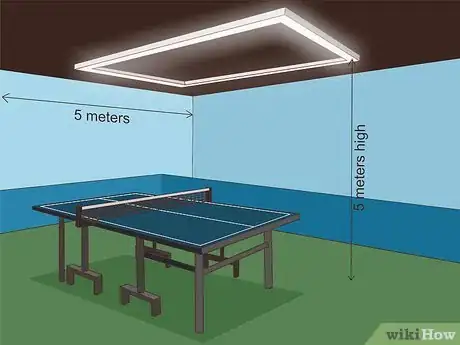


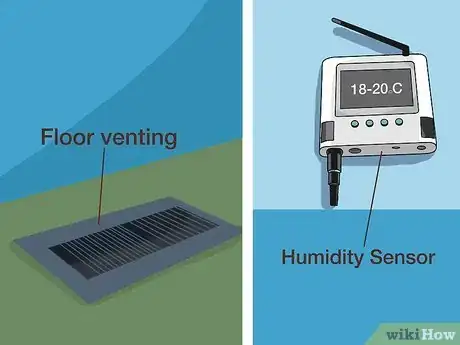
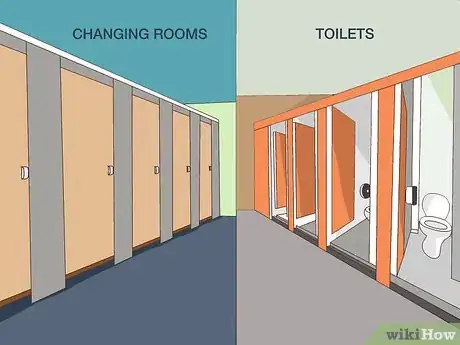
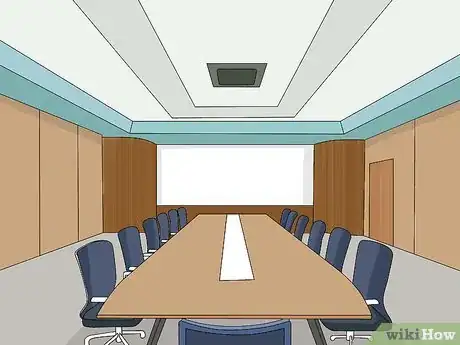
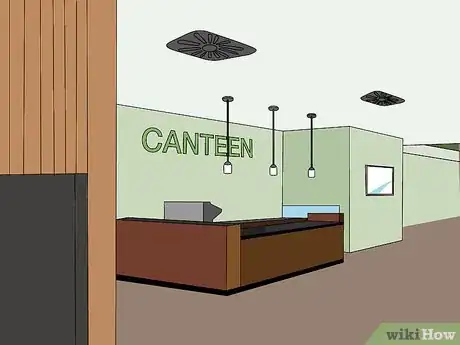
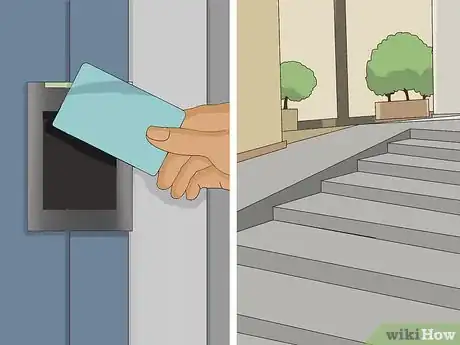
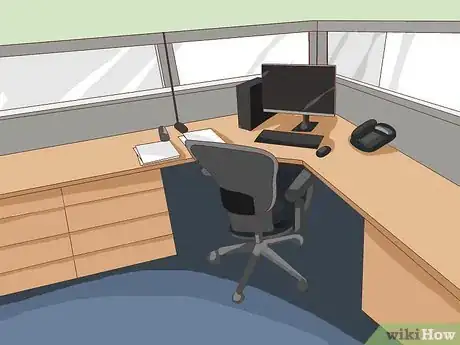
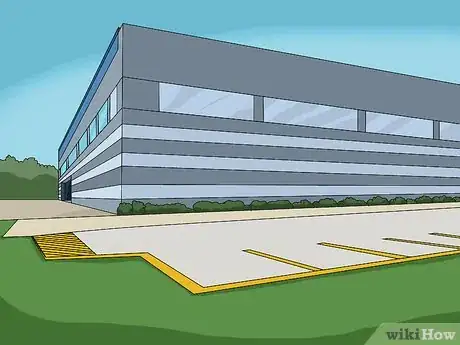
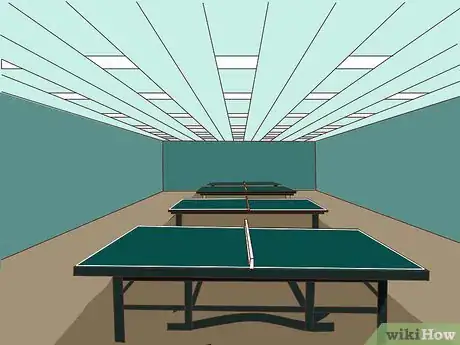

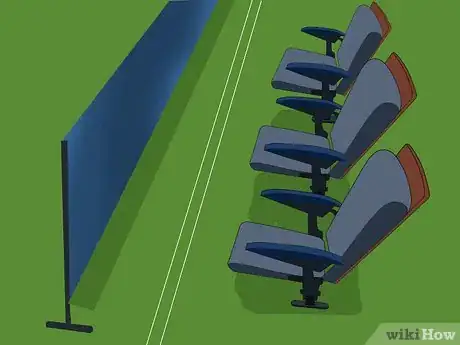
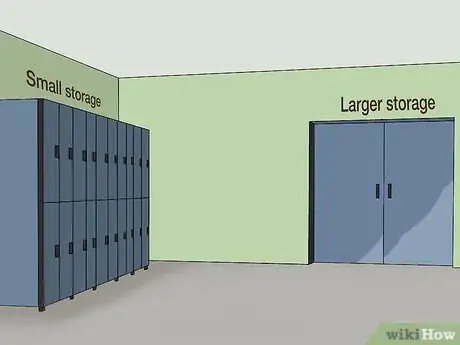
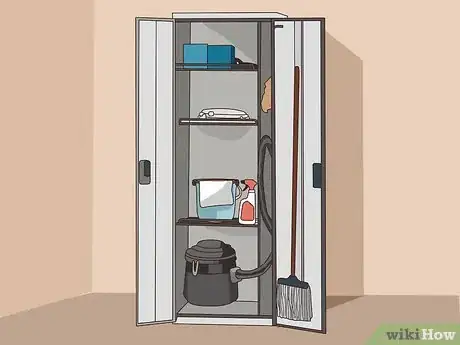
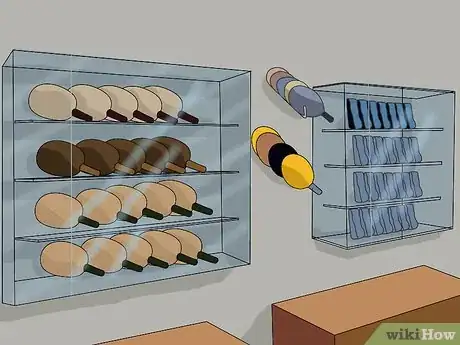


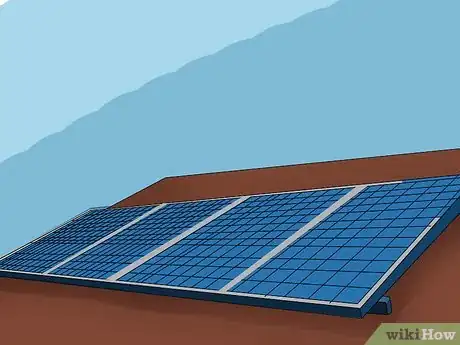
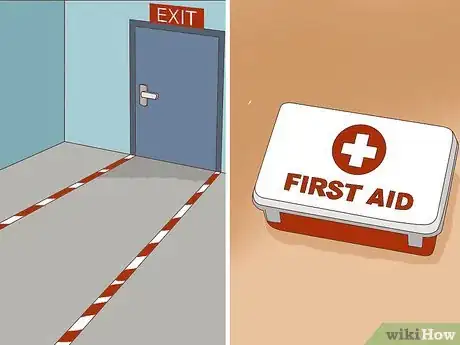
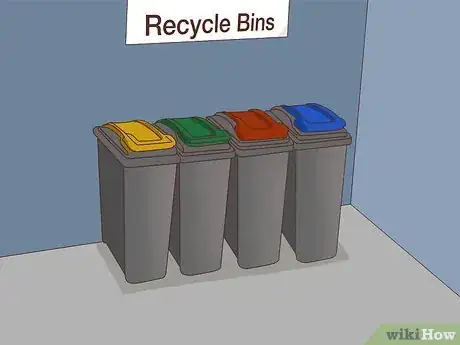
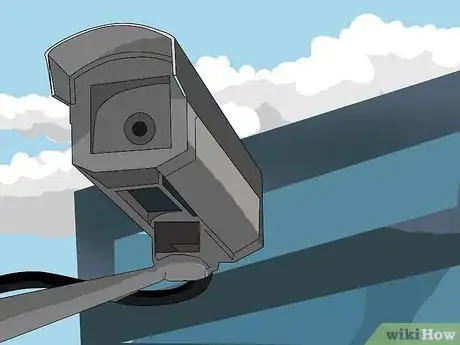
-Step-19-Version-4.webp)
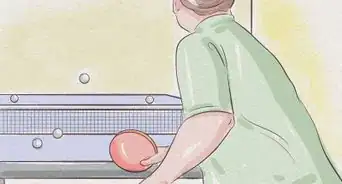
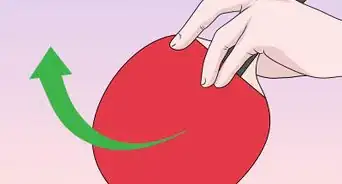

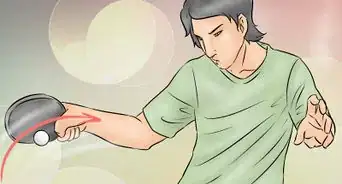
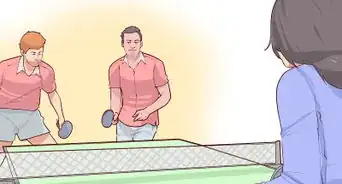


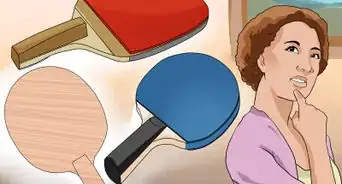






-Step-19-Version-4.webp)
